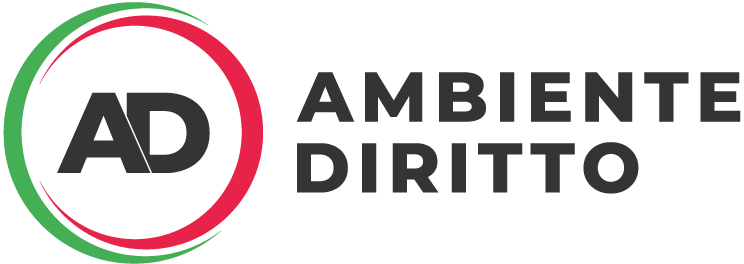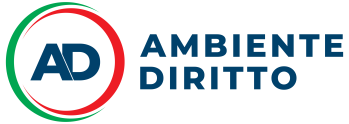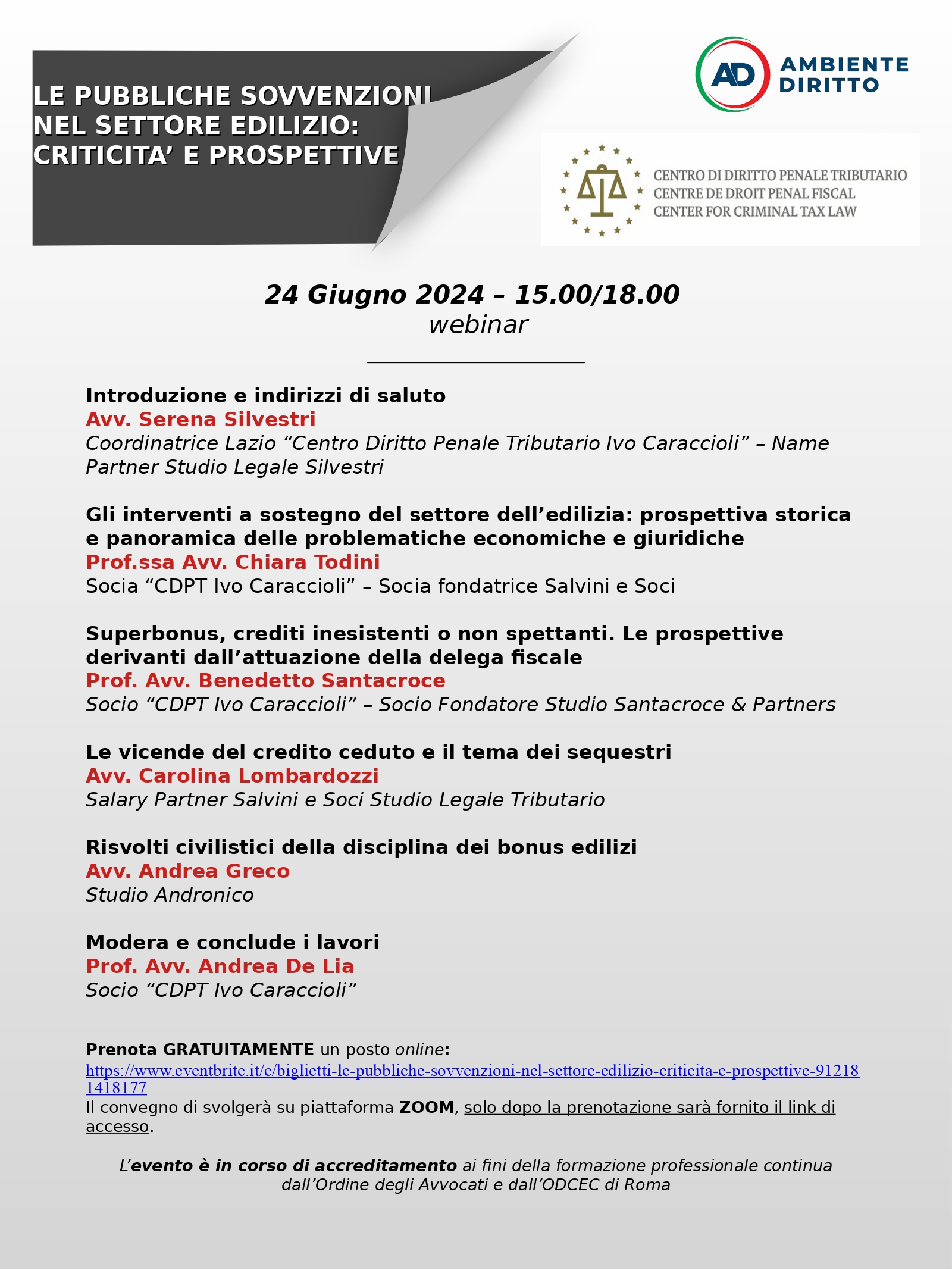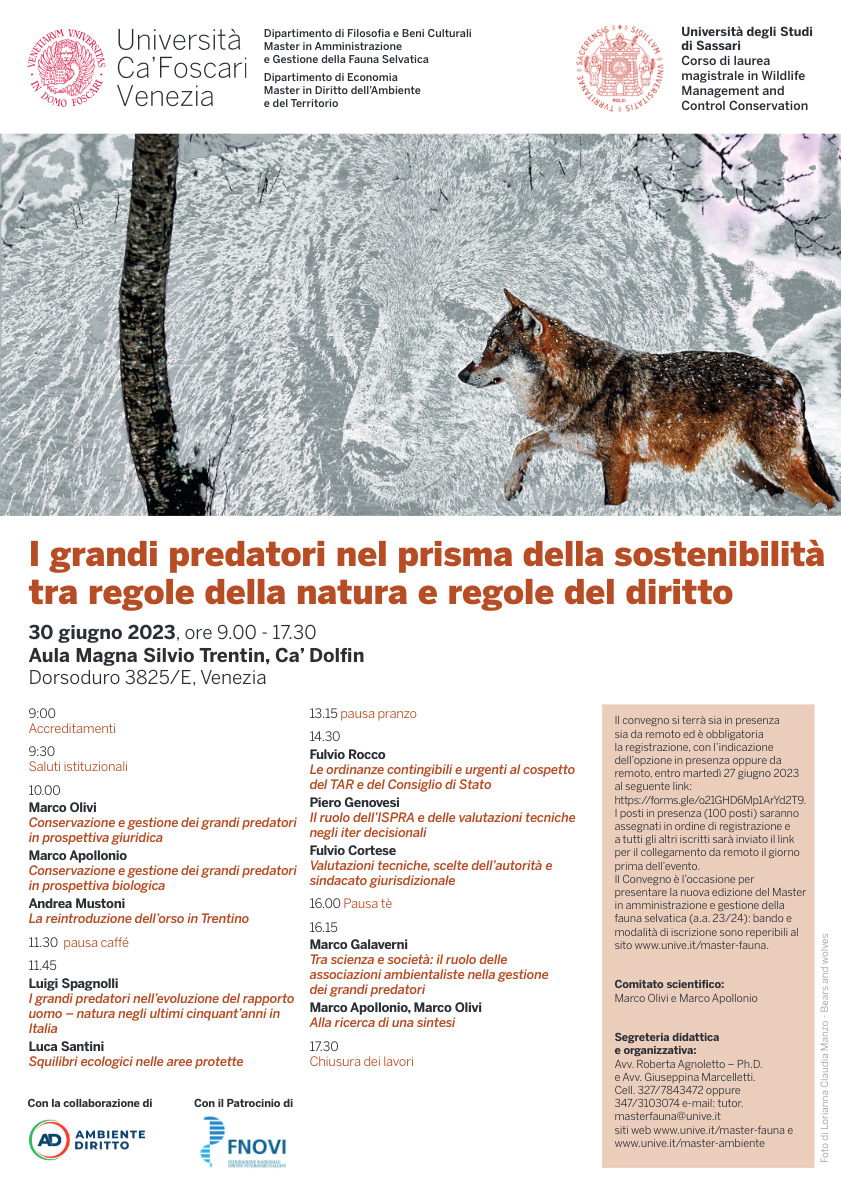LUCI ED OMBRE NELL’ATTUAZIONE DELL’EMERGENZA SANITARIA DA CORONAVIRUS: I DPCM.
Giovanna Marchianò
Professore associato di Diritto pubblico in Alma Mater Studiorum – Università di Bologna
Abstract. Nella presente riflessione si è voluto dare un quadro generale sulla «confusione» delle fonti che hanno disciplinato fino ad oggi l’emergenza sanitaria Coronavirus che ha investito il Paese. In base alla Costituzione lo strumento del decreto legge, quale atto normativo volto a disciplinare i casi di necessità e urgenza rappresenta la fonte abilitata a gestire l’emergenza, pur tuttavia i decreti legge emanati a fronte dell’emergenza COVID-19 non sempre appaiono rispettosi del dettato costituzionale e soprattutto delle sentenze della Corte costituzionale che ne ha modellato il contenuto, la forma, il tempo. Cosicché i decreti legge appaiono strumenti per attribuire poteri al Presidente del Consiglio dei Ministri all’adozione di atti amministrativi generali nella forma dei DPCM. Questi ultimi, sulla cui natura la dottrina si dibatte (regolamenti o atti amministrativi generali), sono diventati i veri protagonisti degli interventi in materia pur presentando elementi di criticità rispetto all’ordinato sistema delle fonti e alle riserve di legge in materia di libertà dell’individuo.
In this reflection we wanted to give a general picture on the «confusion» of the sources that have regulated until now the health emergency Coronavirus that has invested the country. Considered that on the basis of the Constitution the decree law was used as a source authorized to manage the emergency, however these decrees do not always appear to comply with the constitutional provision and above all with the judgments of the Constitutional Court which modeled its content, the shape, time. Thus, the decree laws appear to be tools for attributing powers to the President of the Council of Ministers for the adoption of general administrative acts in the form of the Prime Minister’s Decree. The latter, on the nature of which the doctrine is debated (regulations or general administrative acts), have become the real protagonists of the interventions on the subject, although presenting critical elements with respect to the ordered system of sources and the legal reserves regarding the freedom of individual.
Sommario: Premessa; – 1. L’inizio della storia: Delibera Consiglio dei Ministri, 31.01.2020, assunta in attuazione del D. lgs 02.01.2018, n. 1, «Codice della protezione civile»; – 2. Il decreto legge. La stagione dei decreti legge: dal Dl n. 6/2020 del 23 febbraio 2020, Misure urgenti in materia di contenimento e gestione dell’emergenza epidemiologica da COVID-19 (CU n. 45 del 23.2.2020); – 2. Segue: al Dl n. 19/2020 del 25 marzo 2020, Misure urgenti per fronteggiare l’emergenza epidemiologica da Coronavirus (GU n. 79 del 25.32020); – 2. Segue: al Dl n. 83/2020 del 30 luglio 2020, Misure urgenti connesse con la scadenza della dichiarazione di emergenza epidemiologica da COVID-19 deliberata il 31 gennaio 2020 (GU n. 190 del 30.7.2020); – 3. I decreti del Ministero della Salute; – 4. I DPCM.
Scarica allegato





 AMBIENTEDIRITTO.IT EDITORE
AMBIENTEDIRITTO.IT EDITORE